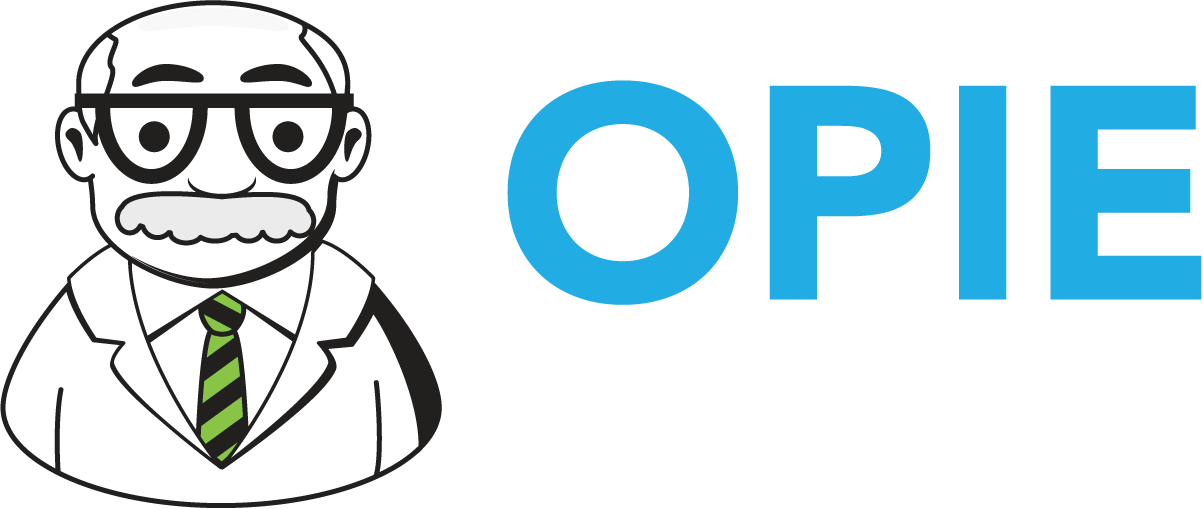The Two Chairs
What does it mean to lead at the highest level? If you’re at the helm of an O&P healthcare business, you are serving several customers: The patient, the payor, the staff, your referral sources, and your patient’s caregivers. How do you balance it all? Often we laser-focus on growth metrics, patient outcomes, and stakeholder demands while quietly side-lining the one person who makes it all possible, the “other customer,” ourselves.
I was reading a Forbes Magazine article the other day about the recent Starbucks’ recent Leadership Experience in Las Vegas. As I was reading, a metaphor surfaced that is deeply relevant for O&P. Howard Schultz, the Starbucks founder, and Brian Niccol, its CEO, spoke to over 14,000 of their own leaders about what drives sustainable, people-first business. The idea that stuck with me (and should stick with you, too) is what Schultz dubbed the “Two Chairs” concept.
The Two Chairs Framework
Imagine you’re making a big strategic decision. In the Starbucks context, there are always two metaphorical chairs in the room: one for the customer and one for the employee (what Starbucks calls a “partner”). If a decision doesn’t surpass expectations for both, it isn’t the right call. Simple? Yes. But not always easy.
What makes this idea so compelling isn’t just its elegance; it’s how universally it applies to leadership beyond coffee shops—to our own clinics, therapy centers, or care teams. Every choice you make should, at its core, respect both your patients and your staff (remember, before we get to this part of the decision, we have already filtered it through the lens of our Vision, Mission and Goals). In healthcare, those two chairs are the foundation of meaningful, durable impact.
But here’s the piece many miss: There’s another layer inside this metaphor that is just as critical—yet more often overlooked.
The Two Invisible Chairs of Self-Leadership
As CEOs, directors, and clinical leaders, we are always sitting between two invisible chairs. Let’s name them:
Performance: Everything urgent and outward-facing—hitting targets, driving innovation, pleasing patients, and meeting the expectations of boards, partners, and regulatory bodies.
Capacity: Internal resources—mental clarity, emotional steadiness, and personal well-being. This chair is the seat of resilience, insight, and wise decision-making.
Most leaders are hardwired (or have been trained) to prioritize the first chair. External performance is visible. It draws applause and, in a numbers-driven world, often seems like the only thing that matters.
But an unbalanced focus on that chair isn’t sustainable. If you neglect your own capacity, the cost might not be felt today—maybe not even this quarter. But slowly, invisibly, you begin to hollow out your leadership foundation. Just as an athlete draws on both training and recovery, a top executive draws from their reserves of mental and physical wellness. When that well isn’t refilled, burnout becomes inevitable—and often, by the time you notice the warning signs, the impact is showing up in your choices, your relationships, and your organization’s results.
How Imbalance Creeps In
Leaders don’t wake up one morning and suddenly find themselves overwhelmed or burned out. It’s a slow drift. It’s “Just this deadline,” or “I’ll slow down after this acquisition,” or even, “Our team needs me—rest can wait.”
This subtle grind can sometimes feel like a badge of honor in our high-achievement culture, but it’s misleading and ultimately dangerous.
What shows up when you over-index on external demands and minimize your own well-being?
Missed cues in meetings or patient interactions
Irritability or emotional volatility
Physical fatigue or health issues
Decision-making that loses its edge—creativity wanes, confidence falters
Growing disconnect from your team, your passion, and your mission.
When the leader’s center collapses, the rest of the structure—be it a healthcare practice or a Fortune 500 company—begins to wobble.
Leadership from the Center: Designing for Durability
The truth is, there is no Perfect balance, especially in high-stakes leadership. The demands of a growing business, especially in healthcare, are relentless and ever-shifting.
But while perfection is unattainable, conscious design is possible.
Think of your performance chair as demanding planning, strategy, and relentless execution. Your capacity chair, meanwhile, requires you to protect and replenish the assets that make effective leadership possible:
Guard recovery time: Schedule downtime, restorative activities, and true breaks with the same stringency as board meetings.
Create white space: Intentionally disconnect for reflection, solitude, or creative thinking—don’t let every moment be filled.
Set boundaries: Learn to say no or delegate tasks to preserve your bandwidth.
Prioritize movement: Maintain regular physical activity to reinforce mental and emotional resilience.
Just as in medicine, you can’t cure what you can’t sustain. Your business can’t scale beyond your own personal limits. As healthcare professionals, we preach prevention to our patients—why not model that same discipline within our own executive routines?
Building an Internal Infrastructure
Durability in leadership comes from building infrastructure for both performance and capacity. That might look like:
Executive coaching
Peer advisory groups or MasterMind circles
Regular check-ins with trusted mentors
Well-being metrics baked into your leadership dashboard
More organizations are treating executive well-being not just as a perk, but as a critical business strategy. The data backs it up: Companies whose leaders invest in well-being see stronger decision-making, lower turnover, better culture, and stronger financial outcomes.
The Two Chairs Will Always Be There
Being a CEO (or clinical leader) means living with the perpetual tension between KPIs and personal resilience. The pressure to deliver will never go away—but neither will your need for clarity, stability, and energy.
Real leadership at the top is not about picking one chair and ignoring the other. It’s about learning to live—and thrive—in the space between. Create systems, habits, and environments that support both, and you’ll lead with greater vision and impact, while actually enjoying the journey.
The next time you’re facing a tough decision or about to push through one more late night, pause for a second. Look at those two chairs. Ask yourself: Am I honoring both? If the answer is yes, you’re not just leading a team—you’re building a legacy

